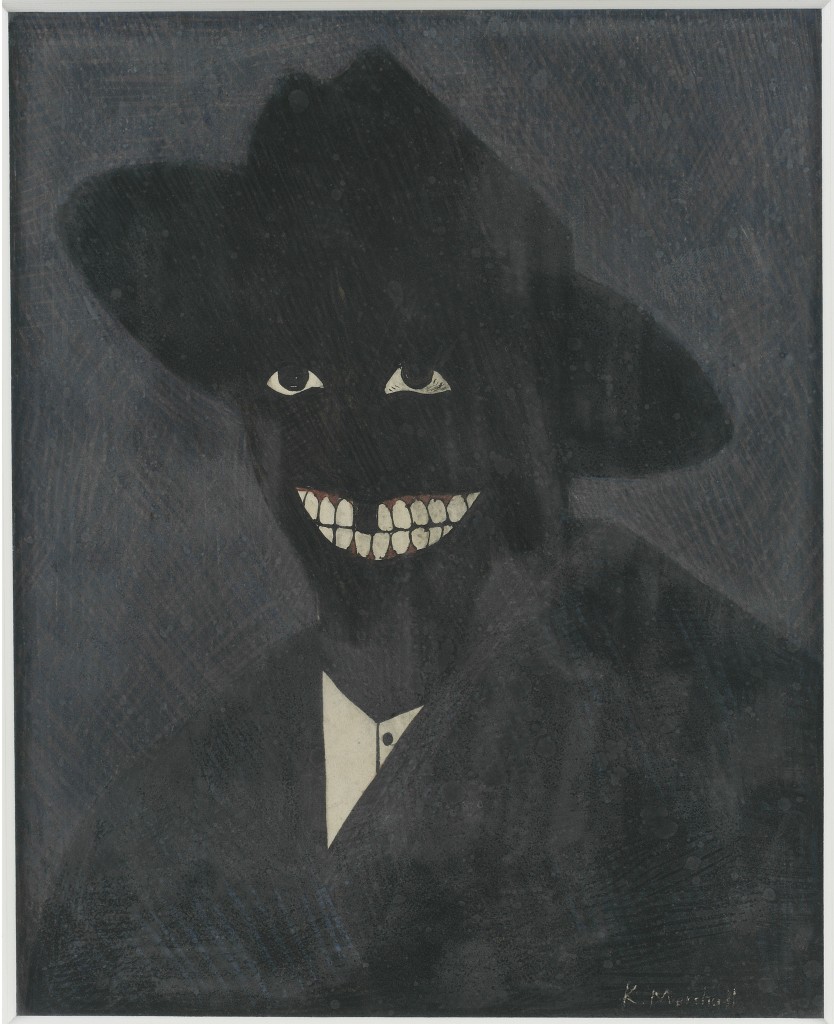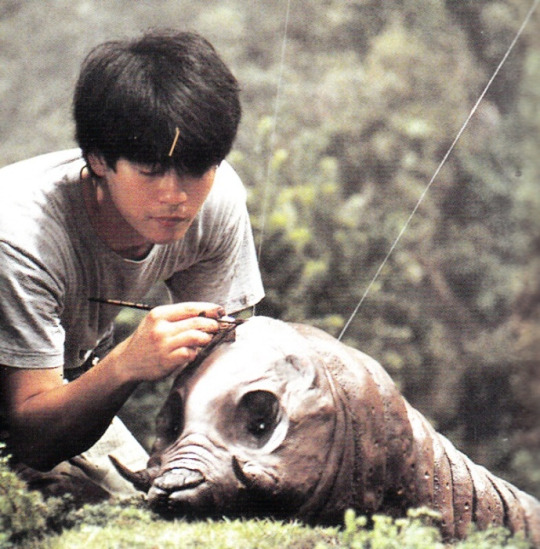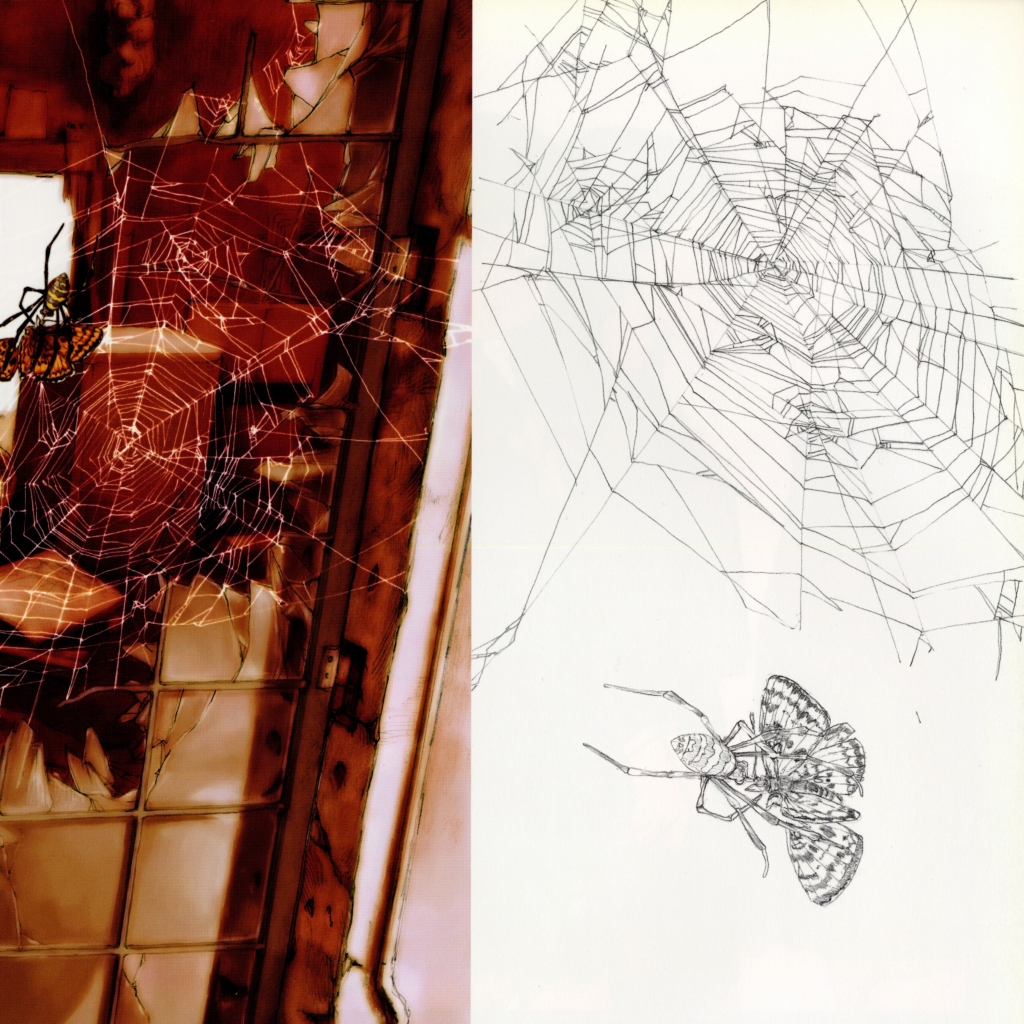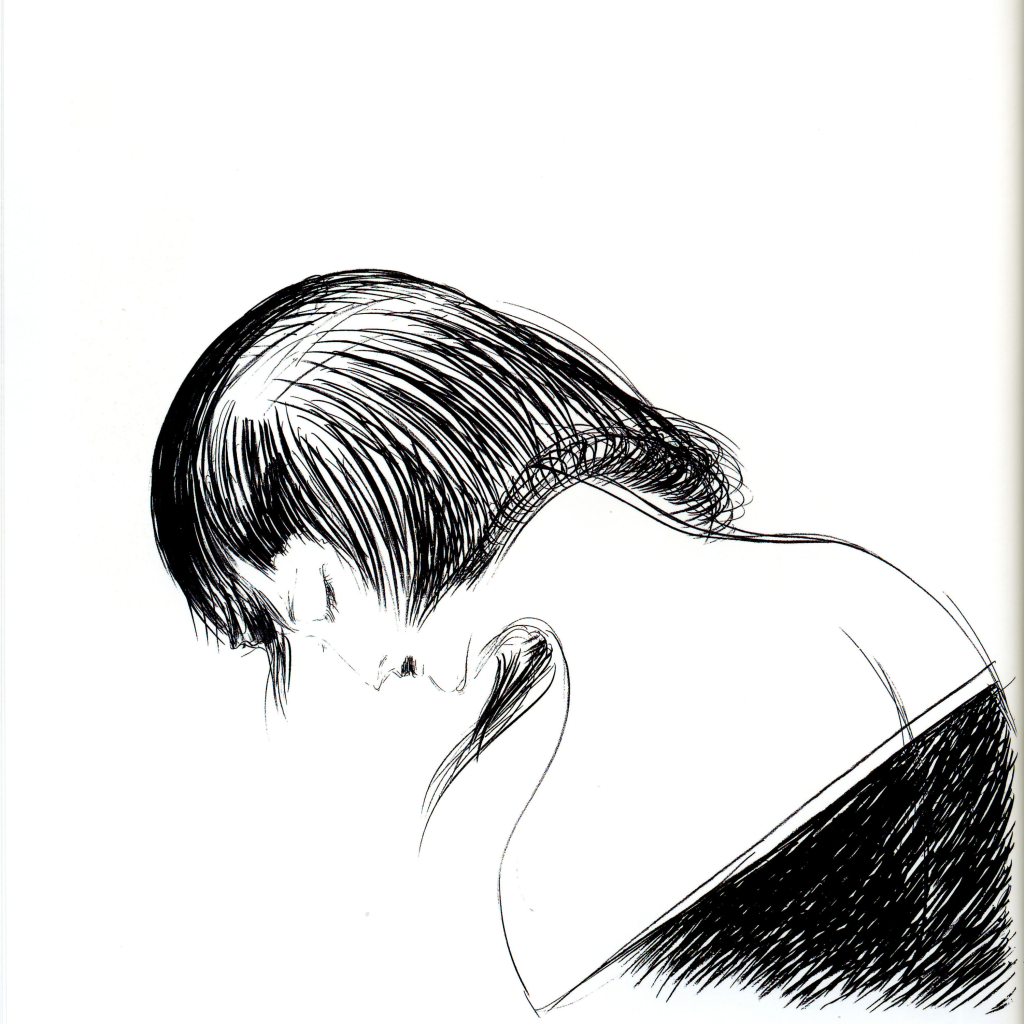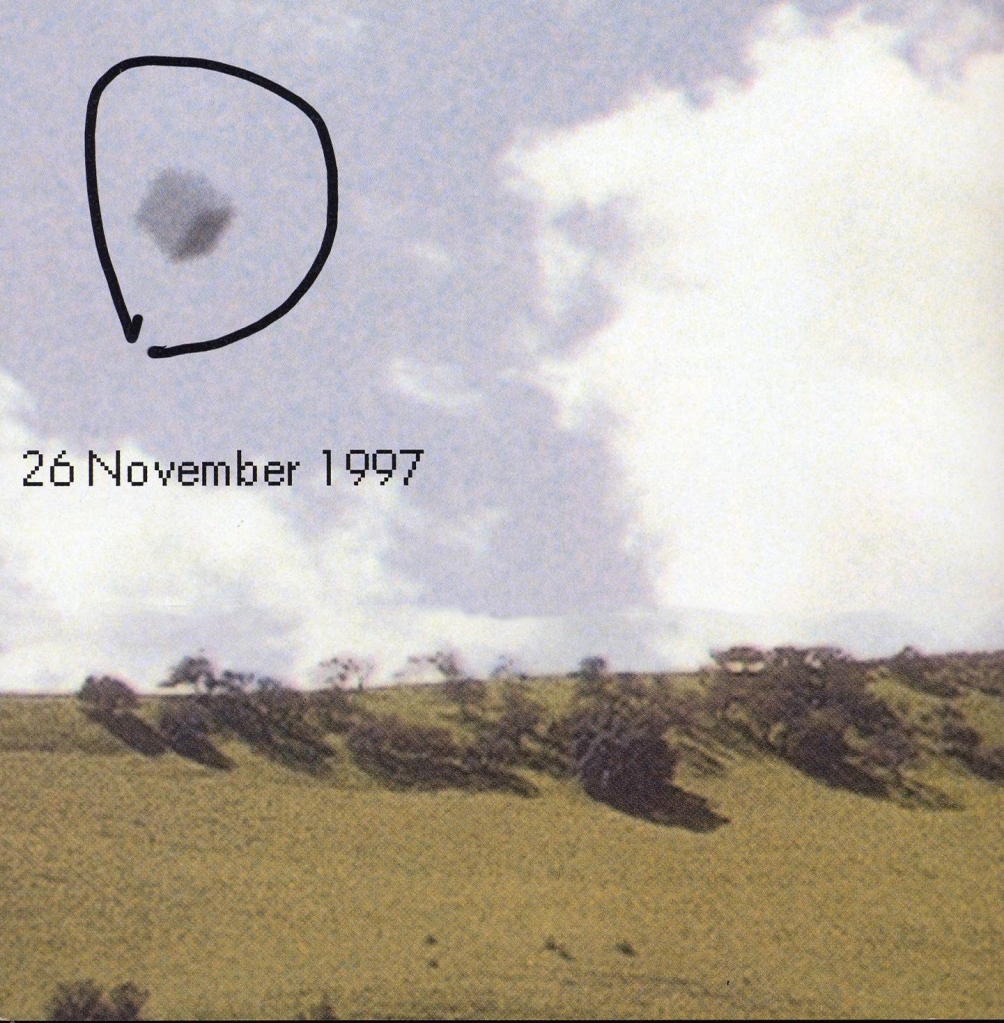[Poem Transcript]
You spent a week at my place
rolled in and out of old vices
conversation layered in dust.
But for you, nothing settles-
your pulse, itching to a rise
tells stories of men like us
who, evading long gazes
could not escape a club
left red and chattering,
Like this.
He’ll be a cowboy for pay,
He’ll ride through Las Vegas
shouting freedom from the street
bare-chested, swanging to sides
claiming frontier and victory.
But we know, in the scope,
what happens in meadows
growing too out of reach
and yanking the trigger back
Like this.
Cursing the old boys down south
we share hollow jokes, knowing
no matter the pasture, vernal pool
neither party is faring greener.
(We giggle in California while
one man rounds a corner
in pursuit of one woman
step shoulder step step and
quick breath falling down
bang bang bang bang bang
then, there were two men)
And even in our hobbled union
shame pervades every gesture
opening for when you go
Like this.
Your reel sits on the counter
Un-reviewed, a violent vision
You’re passing like a death
each new day, a murder.
I’ve met the victims, seen it happen
In and out, in and out
of the doorway, voice trailing
farther and farther West
until you finally left
“Goodbye”, a limp sound
from mouth to floor
Like this.
Somewhere in this nest
of cable, flat obelisks,
and false horizons
beyond the paddock
cattle became conscious:
Gridlocked, set to parallels
striking the walls of adjacent cages
all of us, receding, unable
designed, institutionalized
How strange we must show our love
Like this.
How strange our bodies shrivel and shadow
Like this.
[Review]
To my friends who lent their voices for this assignment,
I have no doubt that you all are really, really confused. But I promise there is a method to my madness. My parody of Rumi’s “Like This” retains the free verse structure and repetitive use of the titular words but keeps little else. I cannot identify with, nor relate to, the perspectives espoused on love in Rumi’s poem. You all intimately know how little faith I put into religion, or for that matter, behavioral ideals. The speaker’s frequent allusions to Islamic culture (Christianity, if reading Coleman Barks’s translation) and idolization of the poem’s subject were quite literally lost in translation when I first read the poem. This is the primary reason why I chose to modernize the poem’s dated depiction of love to one that I could relate to, thus resulting in the odd amalgamation I produced today.
The decision to use video as the primary consumption format for this poem is largely symptomatic of the video essay’s rise to popularity. YouTube channels like Nerdwriter, exurb1a, and Button Poetry all take the written page and transform it into a visual experience. Though I have some reservations on the viability of video essays from an academic standpoint, I find this format to be one of the most successful ways of engaging contemporary audiences. The creative freedoms allowed by video made it possible for me to literally “pay homage” to previous points in history while giving a visual stimulant to viewers. In the background of “How Strange”, I reference two movies, a television interview, and a home video of questionable origin. They each provide context to the poem or supplement the themes embedded within it.
My biggest departure from the source material, however, was the element you all are a part of: the conversational interludes. Initially introduced to combat the fatiguing caused by my expansion of the stanzas (which are lightly worded in Rumi’s poem), I used excerpts of our conversations to ground my poem in your feelings and experiences. The poems I’ve read over the course of this semester have all been singular efforts— one individual, and perhaps their publisher, laboring and toiling alone through the revision process. For this assignment, I didn’t want to operate in a creative vacuum. I wanted to include other people, other voices, as a collaborative and illustrative force rather than an exercise in compromise. Though one could accuse my poem for being too derivative in its constant use of external reference and homage, I instead argue that it is my driving motivation: I want my audience to understand how nebulous and in-congruent my experiences and identities are in relation to each other, even if that means stringing together a multitude of other works.
